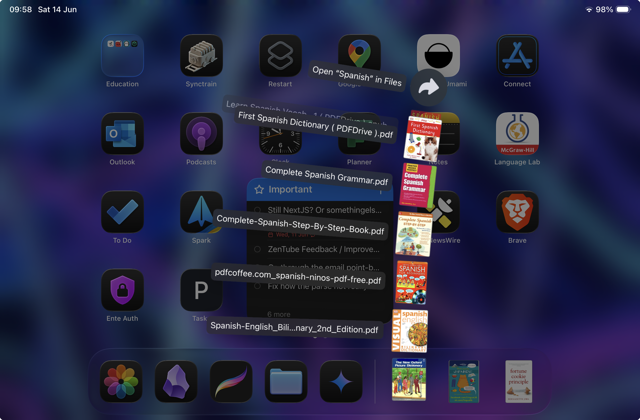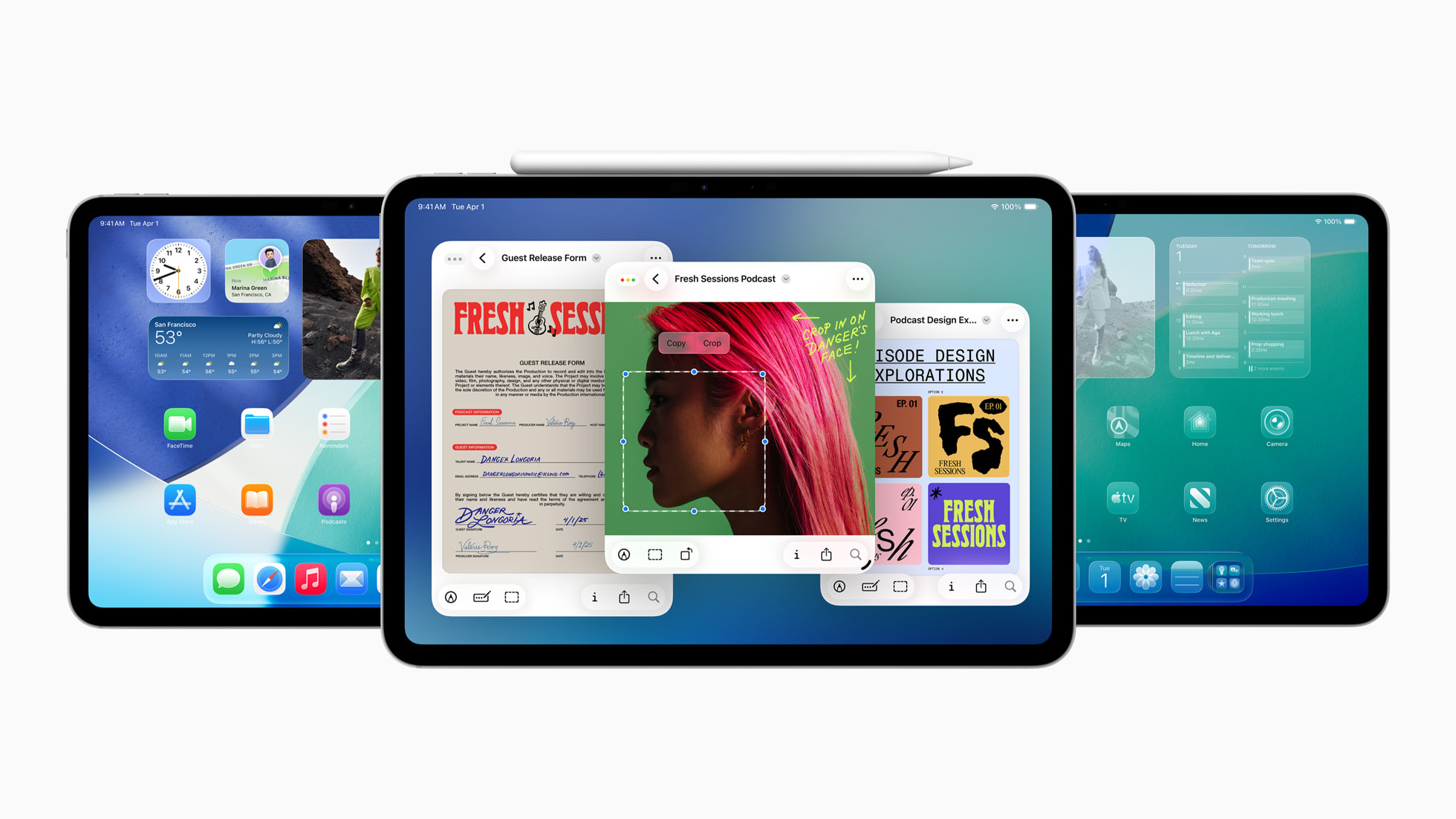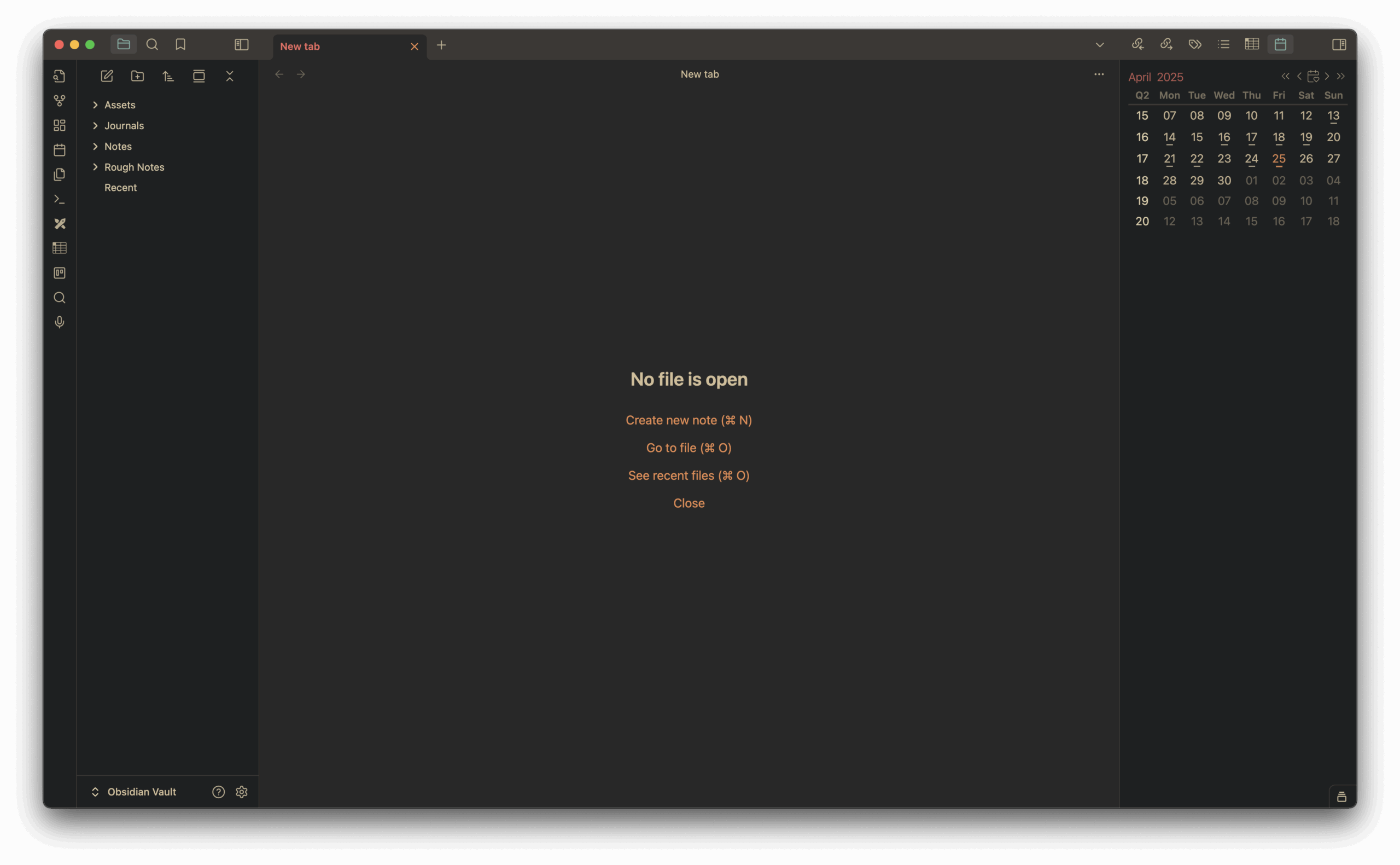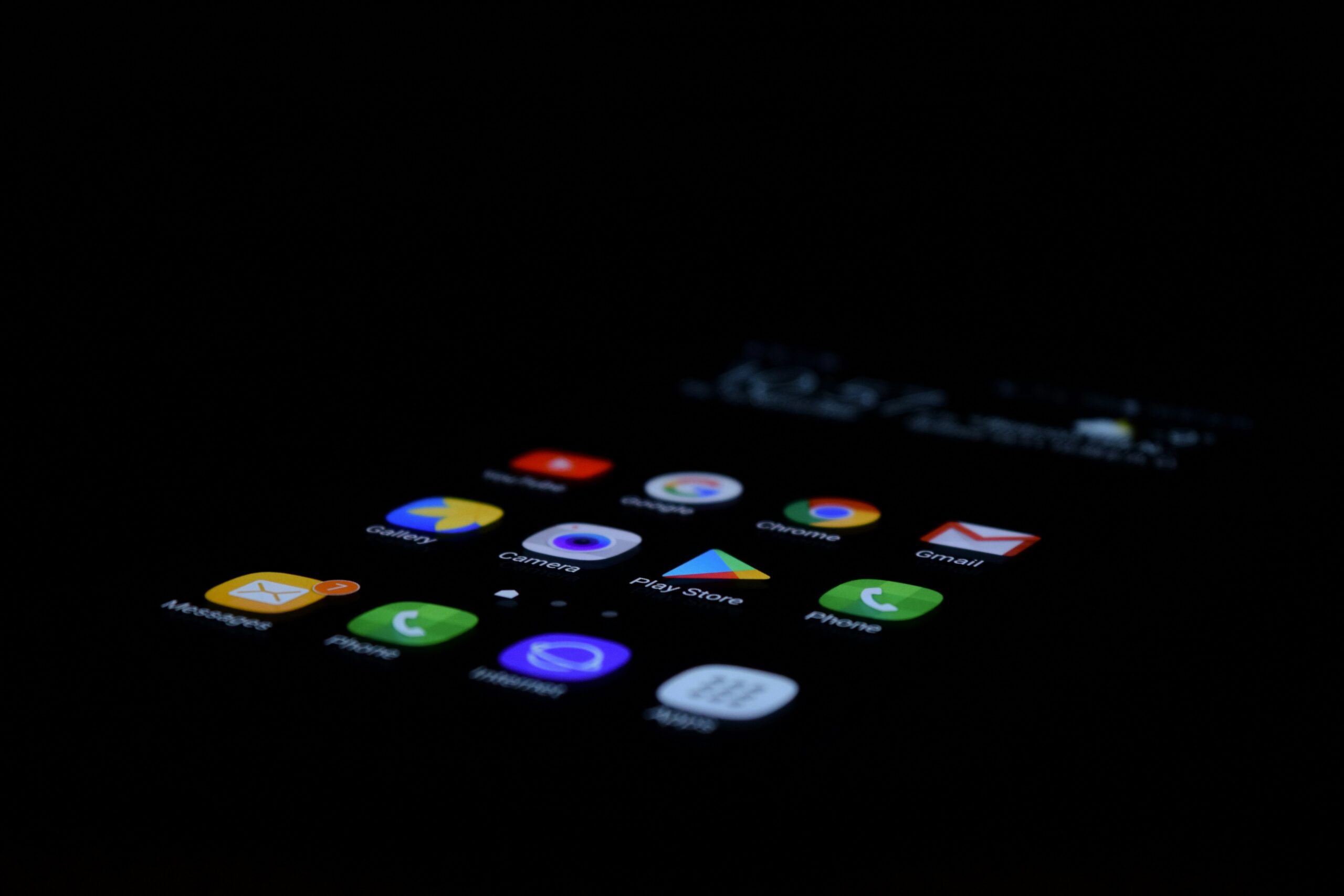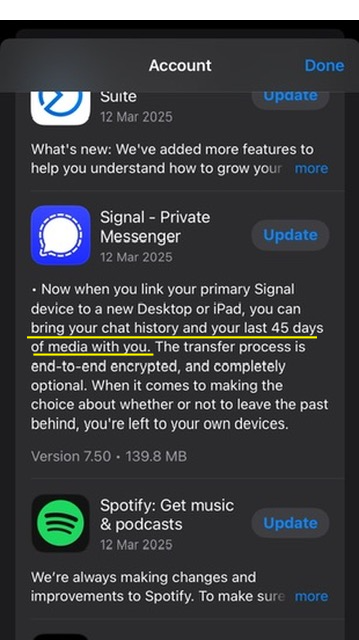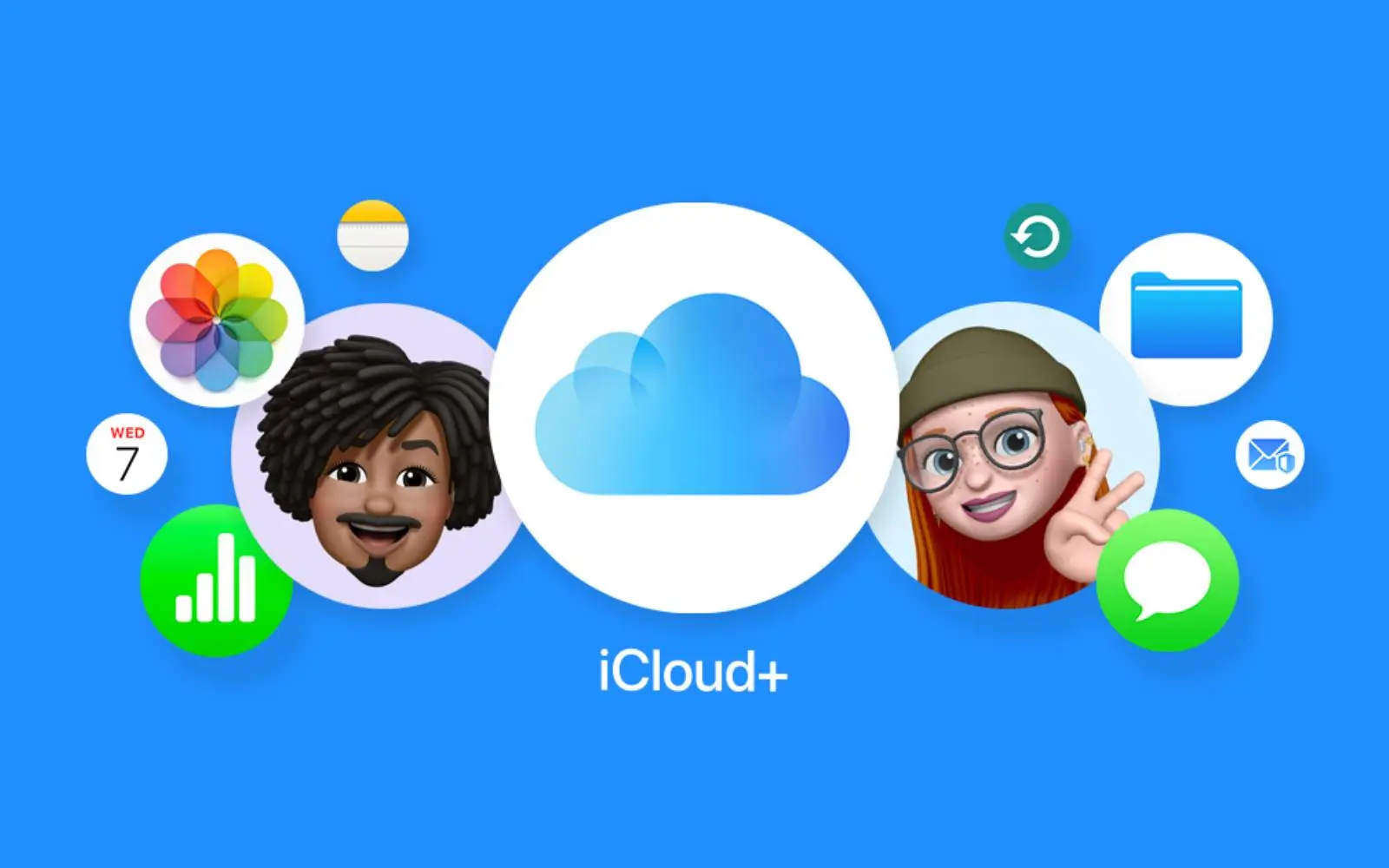Short answer: Yes.
Long answer: Yes. Mostly because of heat.
In this article, we will explore the best way to charge your devices to preserve the battery lifespan, so you don’t need to buy a new device too soon just because of a degrading battery.
Why is wireless charging bad for the battery?
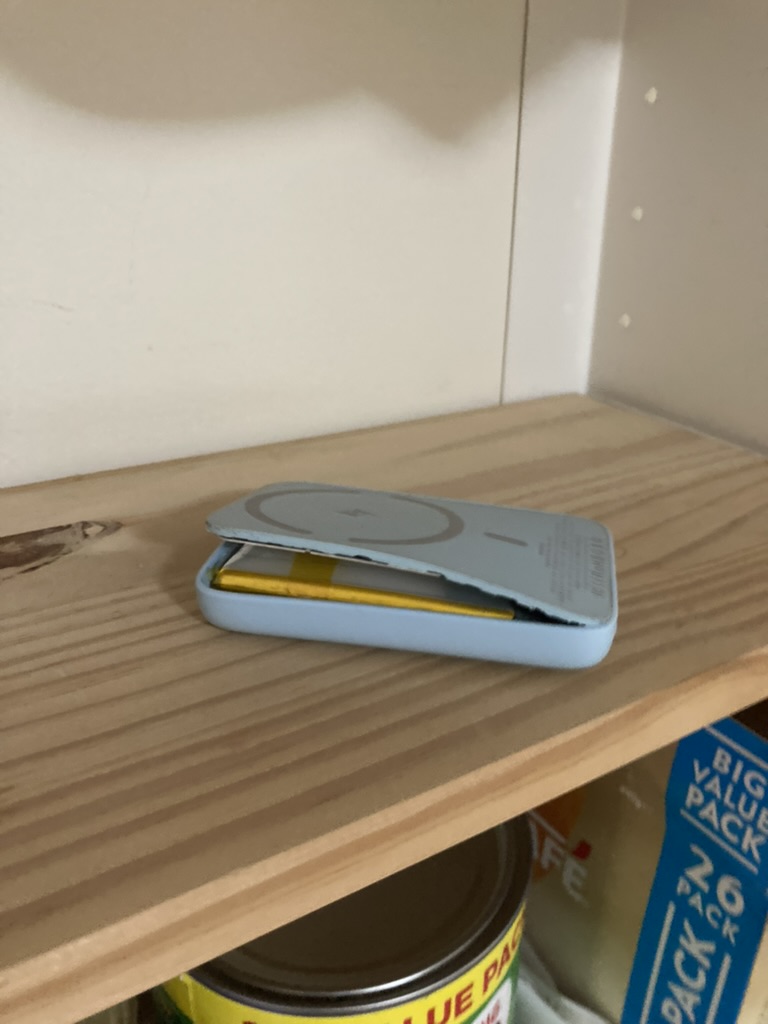
Heat
Wireless charging produces more way heat than using a cable, simply because the energy transfer is not as direct and enclosed. (Thinking slapping or punching someone, more focused impact.) Therefore, more electricity is lost during the energy transfer. Energy by itself won’t disappear, it will always transform into a different form, for electricity, it’s heat.
Why is heat bad for the battery, and your phone?
Apart from the fact that it is warmer to hold which it makes you slightly uncomfortable, it degrades your phone faster too, not just the battery.
| Effect | Explanation | Common Issues |
|---|---|---|
| Accelerated Degradation | Elevated temperatures increase the degradation rates of all components in lithium-ion batteries. | Reduced battery lifespan and capacity. |
| Inhomogeneous Degradation | Thermal gradients as small as 3 °C within a cell can accelerate battery degradation by 300%. | Uneven aging of battery components, leading to performance issues. |
| Thermal Runaway Risk | High temperatures can lead to safety hazards, including thermal runaway, which can cause fires. | Potential for battery swelling, venting, or explosion in extreme cases. |
| Electrode and Electrolyte Degradation | High temperatures accelerate the degradation of the electrodes and electrolyte of the battery, leading to reduction in battery capacity. | Lower battery capacity and efficiency over time. |
Is fast charging bad for the battery?
If heat is the major contributor to battery degradation, should you use fast charging then?
Like we’ve talked about in the above, heat can degrade battery. Fast charging holds more energy, during the transfer it produces more heat. I think you can tell just by touching the electronic devices you have on a fast charger. In contrast, using a slow charging cable to charge your device, it produces lesser heat. Therefore, fast charging do more harm than good to your battery.
However, no one wants the charging takes forever to finish, especially nowadays we have big batteries, it’s just not realistic.
So, for me knowing so, the ideal approach is to keep it above 20% and charge it to around 70%-80% with a fast charger. Never charge exceeding 80% with a lithium-ion battery. Why? Because high state of charge degrades the battery too.
Stress in a battery affects degradation speed (above 80%)
| Factor | Impact on Degradation | Common Issues |
|---|---|---|
| Elevated Voltage Stress | Keeping the battery at a high state of charge (SoC) increases the cell voltage, accelerating chemical reactions that degrade the battery’s materials. | Reduced capacity, increased internal resistance, potential safety hazards. |
| Calendar Aging | Batteries degrade over time even when not in use, a process known as calendar aging. This degradation is more pronounced at higher SoCs. | Capacity fade, increased self-discharge rates. |
| Thermal Effects | High SoC levels can lead to increased heat generation during charging and discharging cycles, further contributing to battery wear and tear. | Accelerated degradation, potential for thermal runaway. |
*High state of charge means a battery that’s holding 80% or more charge for their maximum capacity
So, how to prolong battery lifespan, so you don’t need to buy a new device just because of battery degradation?
Optimal charging method to preserve the battery lifespan
Gathered what we have known, slow charging is not ideal at modern age for big batteries; High state of charge is bad for the battery; Wireless charging produces more heat;
Therefore, the optimal charging method IMO is:
- Use a fast charging cable to charge your device to 80% only, and try to not let it drop below 20%.
- Don’t use wireless charger.
- Keep your device in a cool environment whenever possible.
Practical result
I have a MacBook M2 Air where I bought it new using this method of charging. It’s been with me for almost a year.

Checking out other people device’s battery health with the same exact model online, I think this is almost the best result. I’ve been using a fast charging USB-C for it, keeping it plugged in almost all the time. But when I want to use it on the bed, I unplugged it and do that every night.
To achieve optimal charging on my MacBook, I’m using a software call ALDante to control my laptop charging range.

I have it set my maximum charging limit to 70% always, and have my MacBook plugged in 95% of the time.
ALDante is a FOSS software for macOS, meaning it’s open source and free. Even though there’s a pro version, I’ve been using the free version just fine. You can download the latest version here.
For newer iPhones, you can toggle the optimised charging option in the battery settings.
For Android, well, I guess there are a lot of options and precise tweak you can do.
That’s it, I hope you enjoy the read and try to make better use of your devices. Not only it could make your device outlast to save you money, but it’s also better for the environment. : D
Peace.
Sources:
- Effect of Temperature on the Aging rate of Li Ion Battery Operating above Room Temperature | Scientific Reports ↗
- Effect of thermal gradients on inhomogeneous degradation in lithium-ion batteries | Communications Engineering ↗
- Deep Dive: Lithium Ion Batteries and Heat ↗
- Comprehensive Study on Thermal Characteristics of Lithium-Ion Battery With Entropic Heat
- BU-808b: What Causes Li-ion to Die?
- Battery Degradation: Maximizing Battery Life & Performance ↗
- Lithium ion battery degradation rates? – Thunder Said Energy ↗
